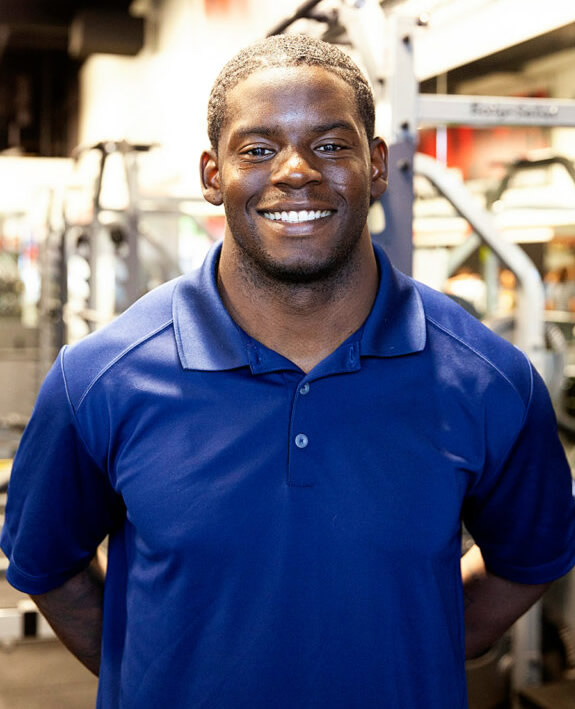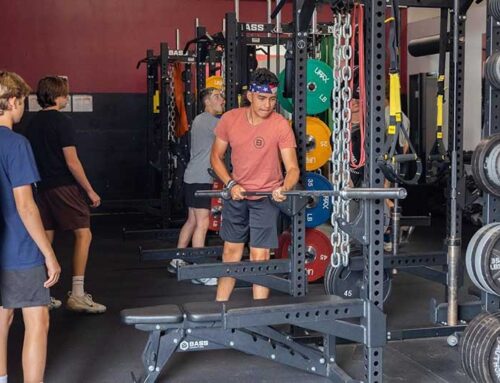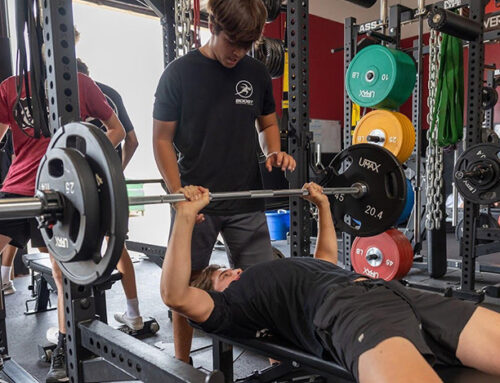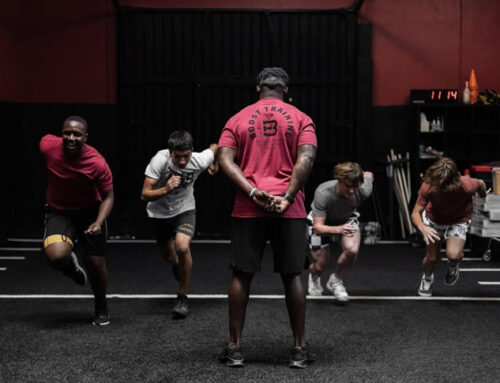The ability to decelerate, or break during competition is critical for sports that require agility and the ability to change direction. We constantly find ways to build this skill with our athletes not only to improve their performance, but to also keep them healthy. At my gym, the Boost Performance Center, our approach to all of our athletes is pretty simple, teach proper movement mechanics during speed and agility sessions, and strengthen the muscles involved in those movements in the weight room. With that being said, the most proper way to develop deceleration is a combination of both of these facets of athletic development (Movement mechanics & Strength). This is especially true for sports such as girls soccer, whereas many ACL injuries occur when breaking during competition, further emphasizing the need to work on these qualities. Here I’ll break down the specific technique we use to coach our athletes to decelerate out of 3 different types of movement.
First, before getting into the specifics, it’s important to note that the more efficiently an athlete can decelerate the better they can re-accelerate. Naturally, speed will be lost when an athlete breaks and changes direction so it’s the athletes who can perform these movements more efficiently, that is, re-accelate the fastest, that will win out.
Second, our technique for all 3 movements are the same. Athletes will accept body weight on one foot, and plant on the other. We call this the load and plant technique, and require our athletes to start each drill the same way they start. Be sure to reference the video for each movement.
#1. Linear Deceleration
Think of a wide receiver decelerating to break off his route. Athletes will set up in a 2pt stance, burst 5 yards and stop with the same foot forward that they started with. Once an athlete has mastered 5 yards, we push the distance further by 5 yard increments for up to 25 yards. We’ll also push the same distance but by 10 yd increments and even a mix of the two. What’s important to emphasize here is the consistent load plant technique, and athletes lowering their center of gravity with each break.
#2. Lateral Deceleration
Think of the 5-10-5 short shuttle where athletes need to lateral run 5 yards and quickly decelerate and change direction. In this drill I have my athletes evenly straddle a line for their starting position. They will push off with both feet and execute a powerful crossover step with their outside leg. Next the athlete will perform a short 5 yd lateral sprint, and when the athlete gets 2 yds from the line they will begin to decelerate by loading their outside foot and planting on their inside foot.
#3. Backward Deceleration
Think of a basketball player back pedaling and transitioning to take a shot. Athletes will set up in a 2 pt stance on a line similar to the linear deceleration drill only this time facing the opposite direction. Keeping their shoulders low the athletes will initiate their pedal by first pushing off their front foot and stepping with their back foot. Staying no faster than 60%, the athletes will pedal 5 yds before executing the load and plant technique, stopping in the same position they started in. This drill can be extended up to 20 yds with the deceleration block at 5 yds, 10 yds, or a combination of both.
Like most athletic movements, the ability to decelerate is a skill that can be drilled and improved on. Not only will this drill increase your game speed by helping you transition better from the variety of movements during play, it will also help you move better to avoid injuries.-Boostman

Owner, Boost Training Systems in Corona, CA
Level 1 & 2 Coach Bommarito Performance
CSCS, USAW



















